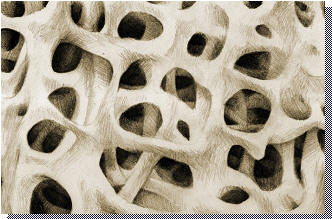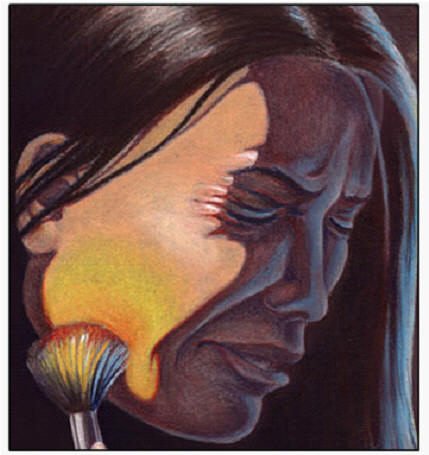|








































last
updated
June 19, 2009
 
................................
Other areas of
Expertise:
Gamma Knife
Normal Pressure-
Hydrocephalus

Osteoporosis: Prevent/Reverse It

Trigeminal Neuralgia

| |
Causes (cont'd)
- arthritis
( osteoarthritis and rheumatoid arthritis )
this degeneration of joints can occur throughout the body,
and the spine is no exception. To some degree, a certain degree of
arthritis is just part of the normal aging process. Degeneration of the
joints, with associated narrowing of the openings through which the nerves
travel (foramina), is common. Bone spurs are seen frequently as well.
Rheumatoid arthritis, which can affect patients quite severely, usually
doesn't affect the lower spine as much, although these patients can often have
abnormalities of the C1/2 junction, which is located at the top of the
cervical spine, in the neck.
- deformities
these fall under several categories, depending upon which way
the spine is curved. If the spine is curved forward, in a flexed
position, it is known as a kyphosis. If the spine is bent backward, as
if one is leaning back, is is known as lordosis. And if it is curved
from side to side, it is known as scoliosis. Certainly more than one of
these curves can be present in a patient. The spine is very elegantly
designed to support our bodies, while maintaining the center of gravity over
out feet. By disturbing this finely placed center of gravity, as in a
curved spine, there are undue stresses, torques and tensions placed upon the
remainder of the spine, resulting in pain, and accelerated degeneration.
- kyphosis
this "stooped over" position can occur as a result of chronic
poor posture, compression fractures, or birth defects. While it usually
affects the upper back, low back pain can ensue due to the altered strains
placed upon the rest of the spine, to support the upper spine.
- lordosis
this swayback stance, often can result from postural
corrections to counterbalance weight difficulties. It too can lead to
low back pain.
- scoliosis
this type of curvature of the spine seems to have a
predilection for teenage girls, around the time of puberty. While often
halted by braces or exercises, if it becomes severe, it can change the chest
cavity shape, affecting heart and lung function.
- fibromyalgia
this is a diagnosis given to some patients who experience low
back pain, aching joints, diffuse non-discript pain, fatigue and difficulty
with sleep. It is really a syndrome, and not a specific disease.
These is no test of x ray which can diagnose it. These is usually
an emotional component to this syndrome.
- osteomyelitis (infection)
infection may occur in the vertebral bodies of the spine, as
a result of previous spinal surgery, or it may travel from other infected
organs (such as kidneys or bladder) through the blood. While it is relatively
uncommon, patients with diabetes, or other diseases affecting the immune
system, are at a higher risk.
- osteomalacia
this softening of the bones of the body, due to a deficiency
of calcium and phosphorus, is often corrected by supplementat vitamin D and
calcuim.
- cancer
most cancers of the spine have spread from other parts of the
body (metastases). Common causes are breast and prostate cancers.
Some cancers, such as multiple myeloma, can originate within the spine.
Typically, the low back pain associated with cancer of the spine is NOT
relieved by lying down.
- referred pain
kidney infections, ulcers and gallstones can cause pain in
the low back.
- arachnoiditis
pain and numbness in the legs can occur as a result of this
condition, which is a scarring of the arachnoid membrane , which is a covering
of the nerve roots. Arachnoid, or "spiderlike," this membrane is so
named because of it's weblike appearance under the operating microscope.
The most common cause is previous surgery, although some patients may suffer
if they have had myelograms in the past.
- diskitis
an infection in the disk space is unusual in a patient who
has not undergone a lumbar surgery, but it is more prevalent in patients who
have a compromised immnue system.
- reflex sympathetic dystrophy
(RSD)
a painful burning sensation in an extremity, usually
precipitated by trauma, often minor in nature; the exact cause is poorly
understood, but it often responds to blockade of the sympathetic nervous
system; responsive to spinal cord
stimulation
previous
|
|

